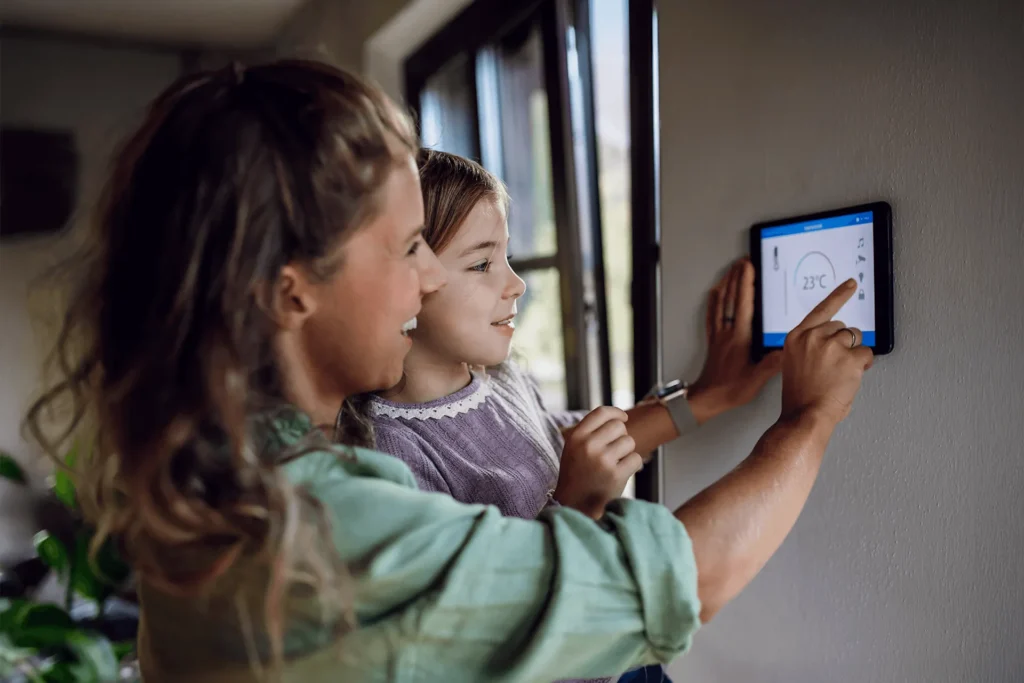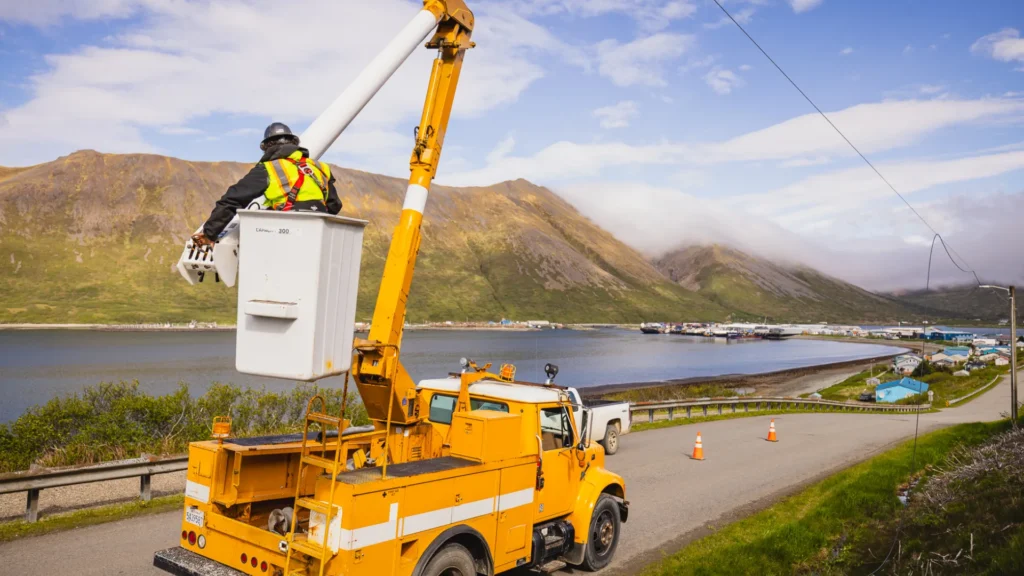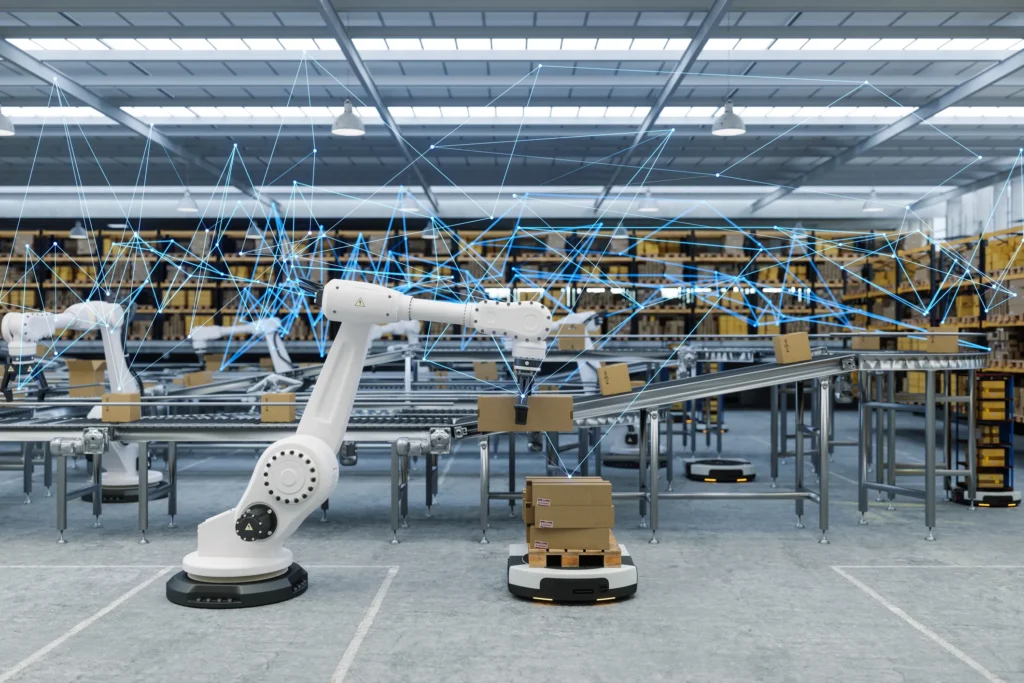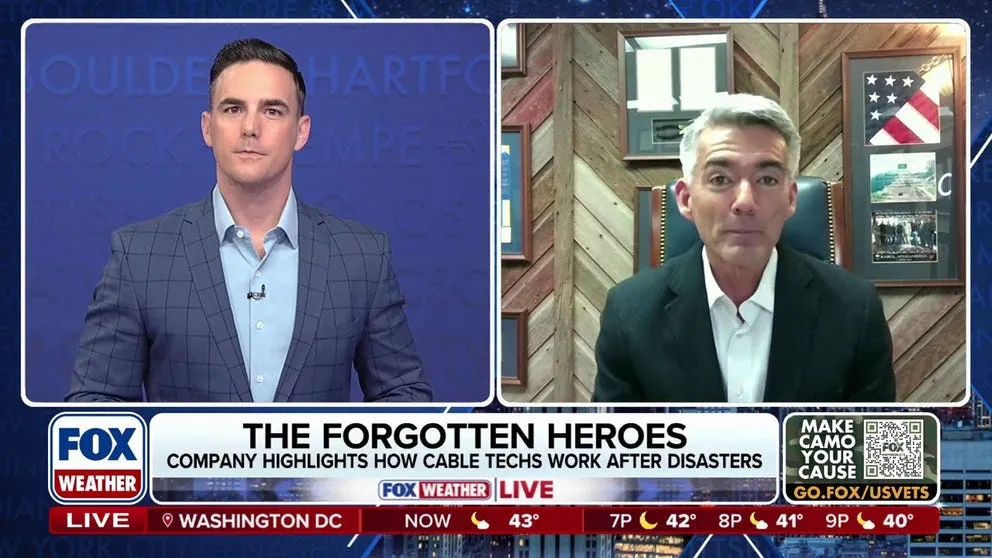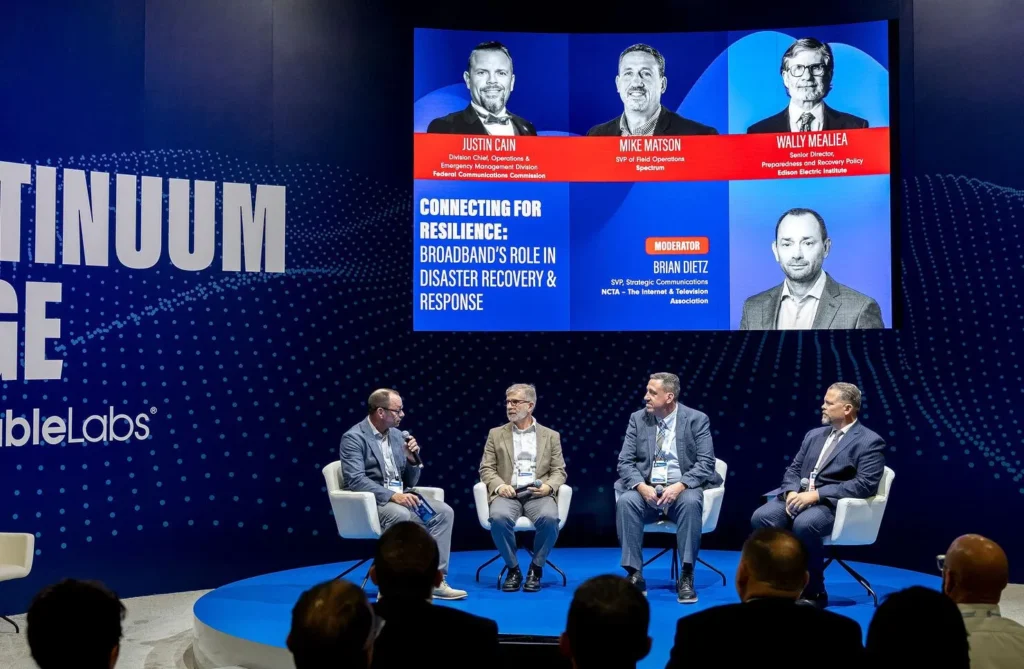After an unprecedented past year, more Americans are not only connecting online a lot more to work, learn, and socialize, they are also recognizing and appreciating the reliability of their internet connections during the COVID-19 pandemic. This should come as no surprise given how America’s broadband networks performed resiliently over the last year despite the historic surges in internet traffic that occurred when more people than ever before began working and learning remotely from home.
According to a recent Morning Consult survey, 86% of American adults rate their internet as excellent or good and express strong satisfaction with their home internet service. The survey also asked participants about aspects of their home broadband internet service, and found that the majority of adults are satisfied with their speed of downloads (84%), security of their internet service (84%), signal strength and network range (82%), and reliability of their internet service (82%).
NCTA’s COVID-19 Internet Dashboard, which launched in March 2020 at the start of the pandemic, has been tracking network performance data from America’s leading internet service providers and continues to find that broadband networks are more than capable of withstanding unprecedented periods of strain, as the past year saw more Americans turn to broadband connections like never before. During lockdown periods across the country, ISPs observed significant growth in downstream and upstream traffic which reached up to 40% during business hours and as much as 60% in some markets.
Fortunately, ISPs have been able to meet the incredible increase in internet demand due to their years of investment in building out and upgrading their networks. ISPs continuously augment capacity to keep pace with spikes in internet traffic and user demands on various applications and services. But on top of investing in speed and capacity, cable operators also invest in software-based intelligence, including artificial intelligence and machine learning, to resolve network issues before they affect consumers. These technologies made a huge difference during COVID-19 internet traffic surges.
And while new digital behaviors and trends tend to take years to catch on and become mainstream, the pandemic forced people to quickly get on board with adopting virtual practices, such as telehealth and distance learning, in the span of just a few weeks when pandemic lockdowns began. ISPs proved that they were ready.
“The biggest steps in preparing our network actually began years ago as we implemented uncompromising upgrades designed to handle expected growth including a margin of error,” shared Jon Pederson, chief technology officer at Midco. “When the spike hit, we had the capacity and monitoring in place. That made our response measured and deliberate, and we were able to seamlessly adjust in the (very) few areas that did pop up.”
And as Cox Executive Vice President & Chief Product and Technology Officer Kevin Hart explained, ISPs have long-term plans in place to accommodate these types of increased internet demands. “Ten years ago, we created a rolling 10-year plan, something we refer to internally as Network Transformation 2.0. It’s essentially a view of the work we at Cox are going to be doing in the years to come,” said Hart. “With that, we had always been planning for growth—both downstream and upstream—on making our network more reliable and scalable, and on improving the customer experience. We had a plan and we had been executing it. That prepared us well for the unknown in terms of the unforeseen spike in internet usage.”
ISPs also future proof their networks years ahead of time in order to prepare for the kinds of speeds and reliability that consumers will need for next-generation technology experiences, such as for powering holograms and light field displays in the home. The cable industry’s 10G initiative—which will bring 10 gigabit speeds to American homes—is an example of this as ISPs are already well on their way to delivering the kind of internet experiences that consumers don’t necessarily need or demand right now, but that may be more mainstream years down the road.
As Charter Executive Vice President and Chief Technology Officer Stephanie Mitchko-Beale said, “The past year has been a year like no other. Not only did the pandemic highlight the importance of the high-speed broadband, mobile, voice and video services that we provide, it underscored the investments we made and are continuing to make to stay ahead of our customers’ capacity needs and ensure they continue to have access to our high-quality connectivity services.”



